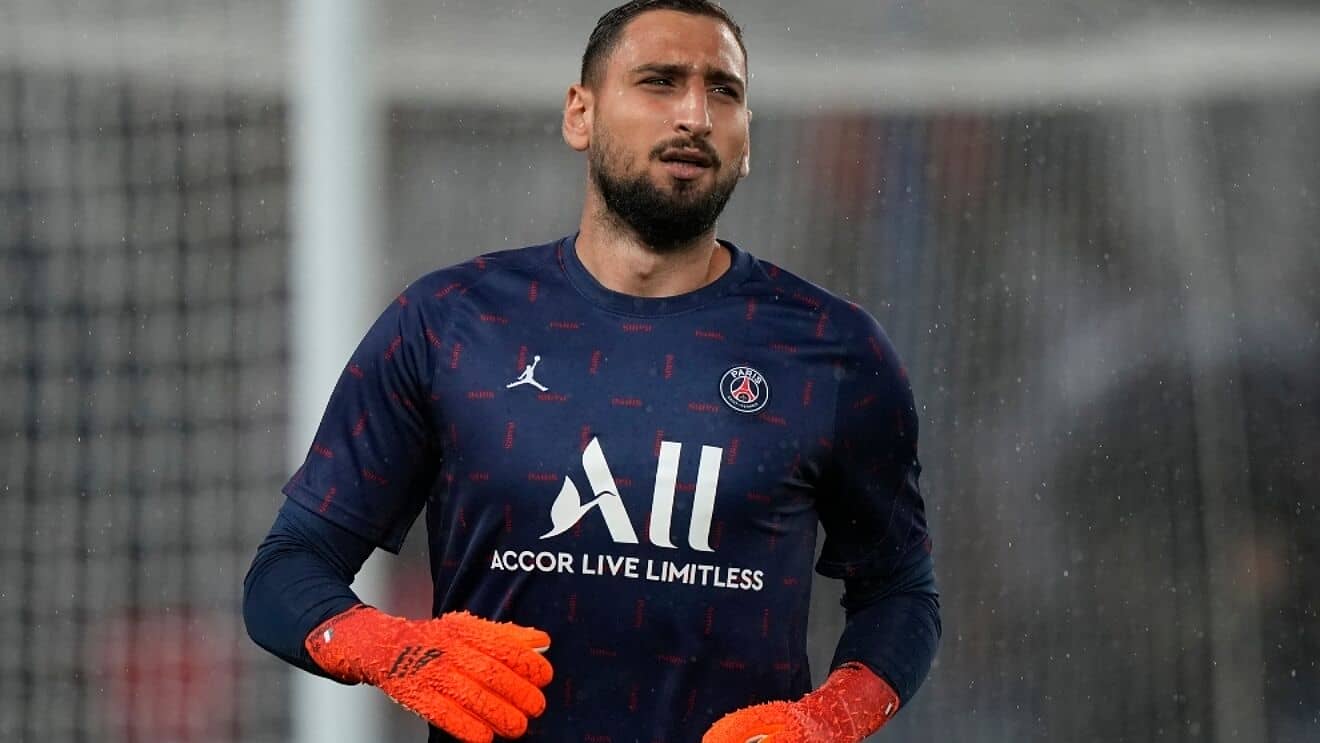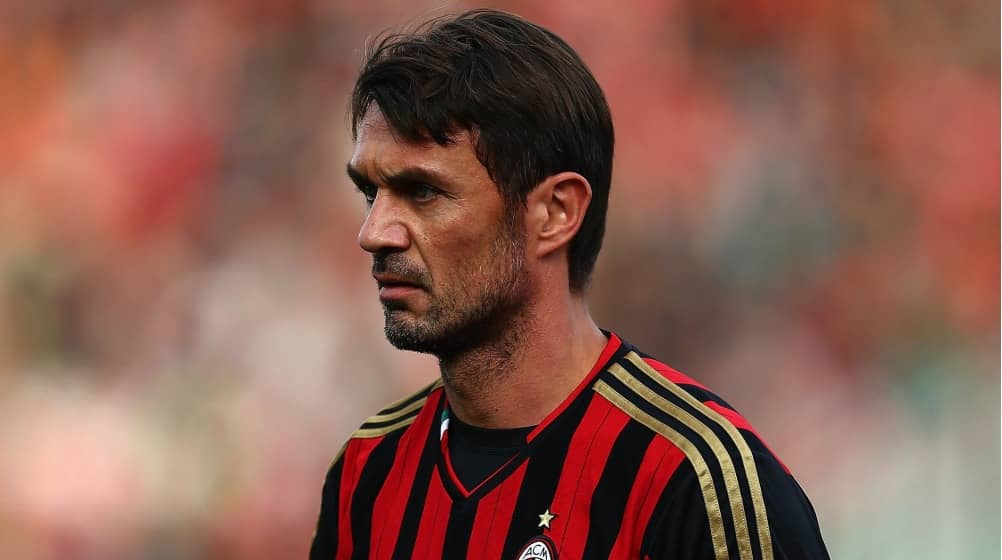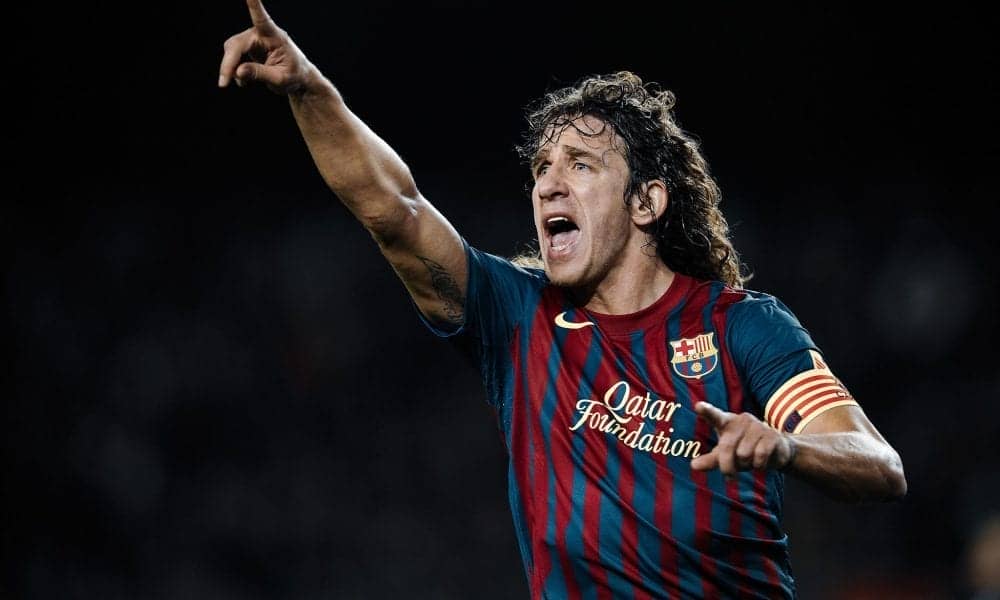
There’s plenty of jargon in sport.
It makes becoming a fan a daunting task when looking in from the outside of this insular pastime.
There are terms that fly around that make no sense without the context. And yet if you listen to the commentators of any sport, it can sound like a completely different language at times.
And soccer is no different.
Phrases that are bandied around by pundits, experts, commentators, journalists, fans – what is needed is a place to go, where everything is explained. To make it easier to understand this amazing sport – and so you can avoid nodding your head and pretending when someone asks you what you think of Liverpool’s final third press.
But before we get to the finer details of soccer, lets give you some of the main tenets of the game.
Positions
There are eleven men in a soccer team. One of the eleven is always the goalkeeper. The rest? Well, dependant on what tactics the coach has decided, they will be posted to various positions on the pitch.
And every position comes with a specific responsibility.
Normally, a defence comprises either three, four or five players. There are centre-backs, who sit normally just in front of your goalkeepers penalty area. They chiefly repel any attacks that come from the opposition centre-forwards, but whatever comes their way – they clean up.
Then you have full-backs and wing-backs. These defenders are on the far left and far right of the defensive line. A full-back will be predominantly defensive and ensure wide players on the opposition get no joy, either from crosses or from cutting in from wide positions.
A wing-back is the same, aside from the focus of their role, which is attacking. They start from a defensive area, but will spring an attack and put crosses into the box.
These are the more conventional names of positions, but there are deviations of these names.
And we want to clear something up.
Also read: How To Play As A Wingback?
Stopper? Or Sweeper?
There’s been some confusion here. And there’s plenty of things to puzzle over in soccer, without worrying about terminology.
Let’s start with sweeper.

This position has changed quite a bit since it began in the 1970s and 80s. Made famous by players of the ilk of Franz Beckenbauer, the sweeper, or ‘libero,’ sat in behind the line of defence, laying in wait for an attack to pierce the defence so the sweeper can figuratively ‘sweep’ up the ball and transform defence into attack.
But the role was much more than just last-ditch defending. This responsibility was given to the player with most vision, strength and leadership qualities. Hence why Franz Beckenbauer played the role so convincingly.
The sweeper had a free role of sorts, sniffing out danger wherever necessary and patrolling the defensive line to ensure everyone was doing their job and watching for breaks from the opposite team.
But now?
Changes to the game have moved this role into the position of a defensive midfielder – and there’s a couple of reasons for that.
Firstly, the offside rule means that coaches have preferred to set an offside trap with his defenders. And add in a defensive midfielder to that and it makes for a tricky backline to get through.
And teams have started to favour a single striker, loading the midfield instead. And this option has negated the need for a sweeper. The move up the pitch for a sweeper into a defensive midfielder means the vision of the player can still be utilised heavily and attacks can be sprung a little easier with the ball being won further up the pitch.
Plus, anything that cuts out ‘last-ditch’ tackles is a good thing!
It may seem like a pretty sound way to ensure attacks don’t break through, but to play an old-school sweeper would mean a pretty deep defensive line, hampering any counter attacks. And if a sweeper made a mistake and mistimed their tackle? It would nearly always result in a penalty.
Whereas, the evolution of the sweeper into a defensive midfielder means that this player now gets their first bite of the cherry further up the pitch. If the attacker escapes their clutches, they will face another obstacle, the centre-backs. These defenders could employ the offside trap or they could man-mark, meaning they are not giving an inch of space. Either way, an attack will have to be pretty- well coordinated to navigate through all of the above.
Also read: Indoor Soccer – Why It Should be a Critical Part of Any Soccer Training
Then we get to the role of a ‘stopper.’

This phrase doesn’t really get rolled out a lot, but we have seen it applied to the role of a centre-back.
And that is completely wrong.
While if you take the literal meaning of stopper, a centre-back could apply to it.
But in soccer circles, a stopper is more commonly known as the goalkeeper.
A goalie is prized for many assets. Athleticism. Reactions. Positioning. But what you will hear when you tune into a soccer game on the tube is commentators waxing lyrical over a goalkeeper’s ‘shot-stopping.’
And that is their ability to track and save a shot, normally from long range.
There are plenty of teams who will bombard a penalty area, and a goalie’s ability to command that area and shut down any aerial threat is always a big plus. But their shot-stopping is perhaps their biggest asset.
Although, if you ask some of the best coaches in the world, then footwork is key for a goalie, or ‘stopper.’
Manchester City’s Pep Guardiola famously ditched England keeper Joe Hart because his footwork when receiving the ball was less than satisfactory. Pep’s teams use the goalkeeper almost like an old school sweeper, distributing the ball from deep and keeping a passing move going, like an extra man in defence. Joe Hart couldn’t maintain that, although his shot-stopping was ok. And so he soon left the club.
So a stopper, these days anyway, has to do much more than stop shots.
They are often captains, organising a team from the back. Goalkeepers command their area and are the last wall of resistance when under fire on the pitch.
And THAT is the difference between a sweeper and a stopper.
And fortunately, both of these terms are on the decline.
Also read: What’s a Cap in Soccer?
What Else to Know – Jargon-Wise?

We’re here to clear things up. So here’s a brief list of things you might hear and not understand;
Box-to-box player: A midfielder who has the responsibility to clean up opposition attacks, as well as instigate attacks of their own. A jack of all trades, with supreme physicality and fitness. This role can have no weak areas.
The 12th man: This is simply, the fans in the stands. The atmosphere that a packed stadium can create acts like an extra player in the side – both motivating the home team and putting fear into the visiting side.
Dead-ball specialist: A player who has a certain talent for taking free-kicks. Think of David Beckham, a player who was masterful when the ball was placed on the turf and they could pick their spot.
Diver: This is a label for a player who takes every opportunity to feign injury to gain an advantage – whether that be a punishment for the opposition in the form of a yellow or a red card, or a free-kick or penalty. These players dive to the turf to highlight what they perceive as a foul.
False nine: A player who isn’t a striker but plays as the furthest forward player in the team. A tactic favoured by the likes of Pep Guardiola, who often picks a team without a recognised striker. A false nine draws out defenders from their position and creates space, as well as dropping a little deeper, relying on runs from their teammates to create opportunities. A very good example of this type of position was Cesc Fabregas, both at Barcelona and for his country, Spain. Fabregas’ passing and strength was harnessed perfectly as the player would trouble the opposition before slipping a teammate through enemy lines with a perfectly timed pass.
There’s more terminology that sounds absurd, but the above should stand you in good stead for any soccer matches in the future.
Now you know the difference between a sweeper and a stopper – and much more.



